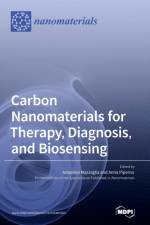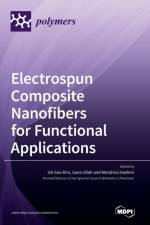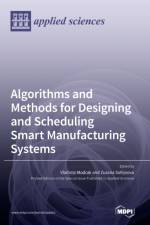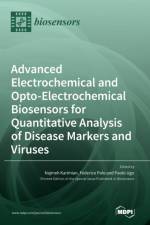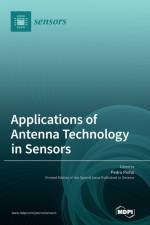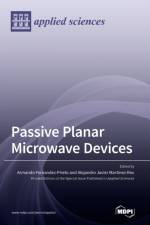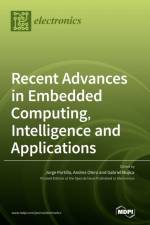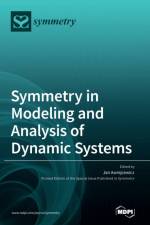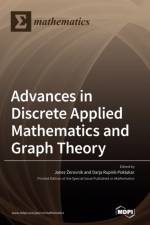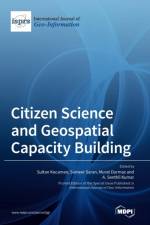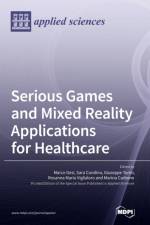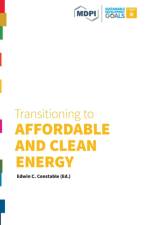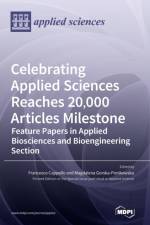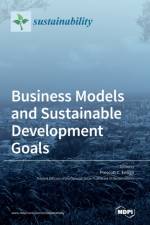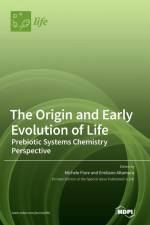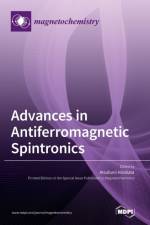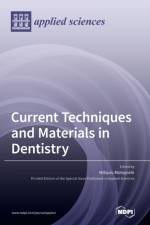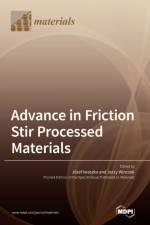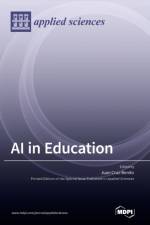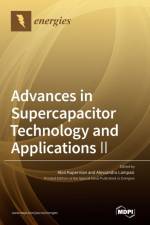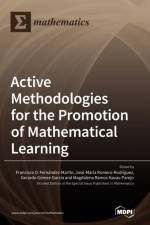599
Energy storage is a key topic for research, industry, and business, which is gaining increasing interest. Any available energy-storage technology (batteries, fuel cells, flywheels, and so on) can cover a limited part of the power-energy plane and is characterized by some inherent drawback. Supercapacitors (also known as ultracapacitors, electrochemical capacitors, pseudocapacitors, or double-layer capacitors) feature exceptional capacitance values, creating new scenarios and opportunities in both research and industrial applications, partly because the related market is relatively recent. In practice, supercapacitors can offer a trade-off between the high specific energy of batteries and the high specific power of traditional capacitors. Developments in supercapacitor technology and supporting electronics, combined with reductions in costs, may revolutionize everything from large power systems to consumer electronics. The potential benefits of supercapacitors move from the progresses in the technological processes but can be effective by the availability of the proper tools for testing, modeling, diagnosis, sizing, management and technical-economic analyses. This book collects some of the latest developments in the field of supercapacitors, ranging from new materials to practical applications, such as energy storage, uninterruptible power supplies, smart grids, electrical vehicles, advanced transportation and renewable sources.


